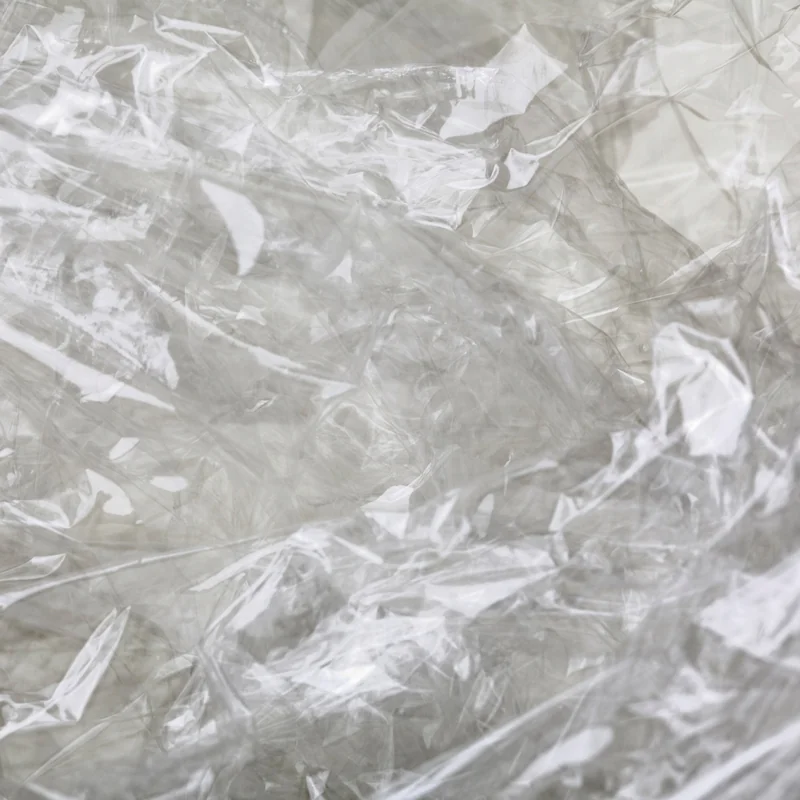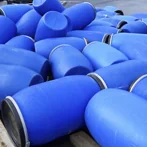Soft foil & hard plastic waste compaction
Vertical balers
Horizontal balers
Compactors
Challenges
- Environmental impact of mixed plastic waste
- Labour-intensive handling of bulky plastic
- Plastic waste taking up too much space
- High transportation and container leasing expenses
Benefits
- Streamlined plastic waste management
- Reduced expenditure on container services and waste disposal
- Eco-friendly disposal of plastic materials
- Freeing up space in the workplace
Transform plastic waste by baling
Soft plastic
Foil and soft plastic, predominantly found as stretch film or packaging on delivered pallets, also appear as carrier and waste bags..
As a recyclable commodity, the value of soft plastic hinges on its cleanliness; well-sorted materials command a premium in the recycling market.

Plastic bottles
PET, commonly used for beverage bottles, is also found in e.g. drinking cups and small food packaging.
To optimise compaction, ensure PET bottles are perforated or have their caps removed to eliminate excess air. Place cardboard at the top and bottom of the bale to enhance stability.


Plastic cans
Plastic containers or high-density bottles are commonly used for food and liquid cleaners.
To compact these plastic containers effectively, pre-perforate or remove caps to minimise air content. Use cardboard layers for smaller items to enhance bale stability.


Plastic barrels
Utilised across various sectors for storing commodities like powders and liquids, plastic barrels can be individually pressed or baled using our X-series machines. Consult us for tailored advice.
Depending on your use case, compressing one barrel at a time with a drum press may be the safer, more convenient option. Learn more about the DP16 here.


Hard plastic
Hard plastic (e.g. cases, cabinets, or boxes) are typically found in computers, televisions, and related accessories.
Compaction of items like computer casings requires a baler with substantial force and durability.
Contact us for expert advice on managing these tough plastics for optimal compaction.


Big bags
Big bags, used for transporting or storing bulk materials in industries such as offshore and agriculture, are effectively compressed with our equipment, designed to handle their size and complexity.
To recycle big bags without damage, we modify the compactor chamber by removing any retainers.


See how our machines work
Vertical balers
Watch how our B4 baler works
B4 balers are pefect for stockrooms because of their size. They are made for basic compaction like soft plastic.
VERTICAL BALERS
Watch how our B-series balers work
Balers in the B-series have cylinders on top and are made for basic compaction like cardboard, paper and soft plastic.
VERTICAL BALERS
Watch how our X-series balers works
Balers in the X-series have cross cylinders inside for strong compaction of several recyclable waste fractions.
Horizontal balers
Watch how our CC50 & CC40 balers works
The CC50 has a manual-tie and built-in tipping system, while the CC40 model, has a fully-automatic bale ejection system. Both machines handle large waste volumes with ease.
Mobile compactors
Watch how a self-contained compactor works
A self-contained compactor offers versatile solutions for companies to manage their various waste fractions effectively.
Stationary compactor
Watch how a stationary compactor works
Suitable for handling very large amounts of waste, stationary compactors come with a press unit and movable container.
Recommended equipment for plastic waste
B4 compact baler for plastic foil
Versatile and space-saving: The ideal solution for plastic foil compaction.
X10 versatile plastic baler
A baler with a high press force, that easily compacts PET bottles, plastic foil and other plastic fractions.
Fill in the form and we will contact you
Questions? Contact us today











